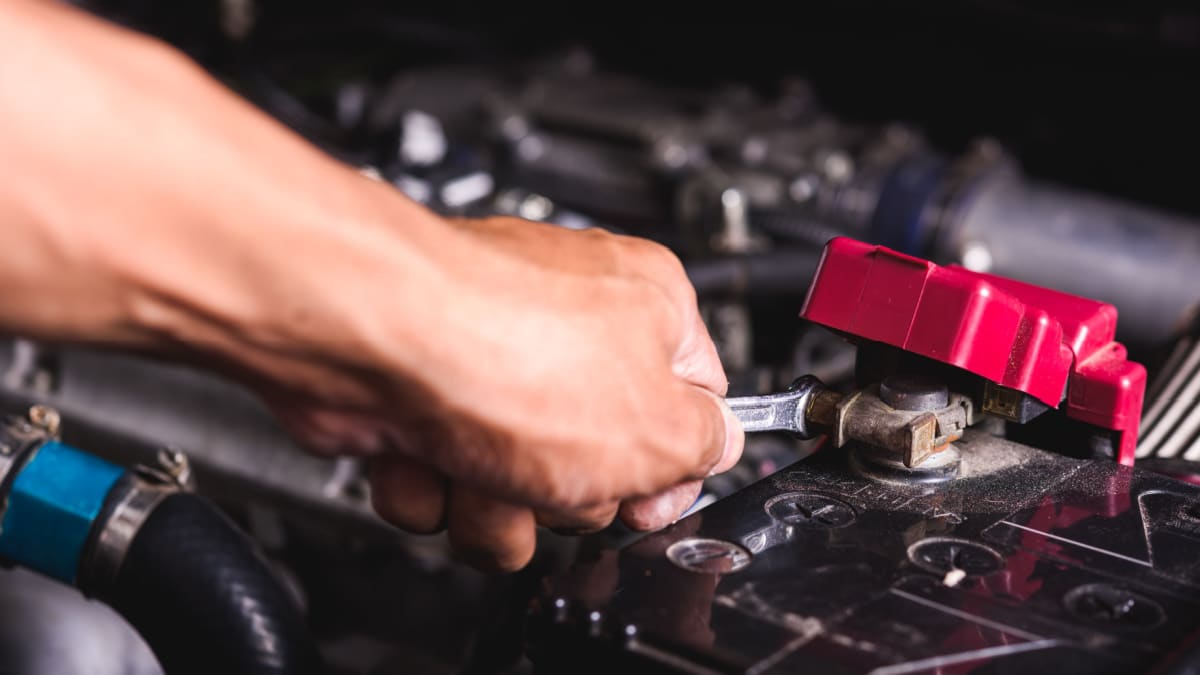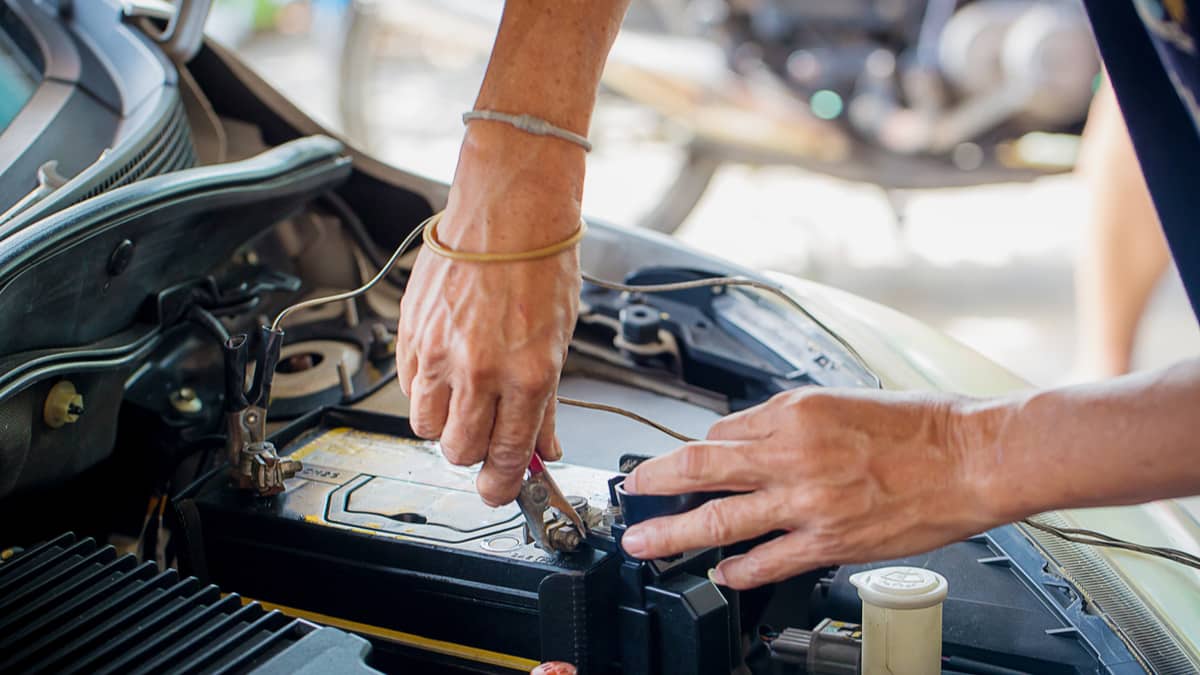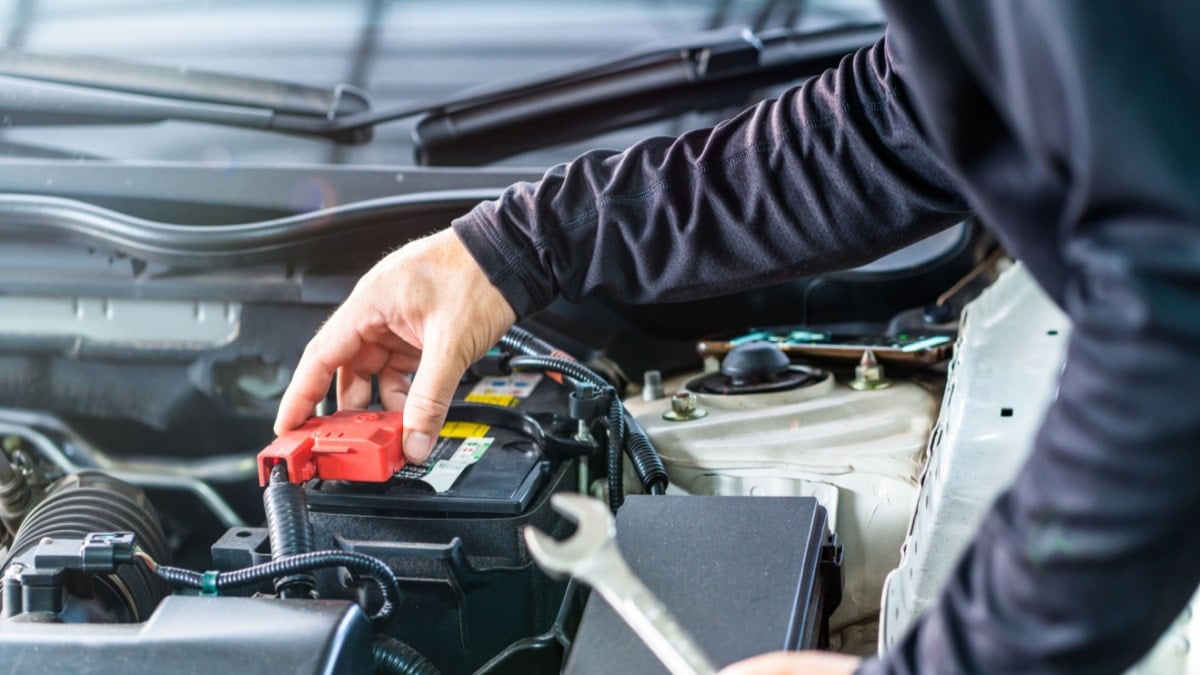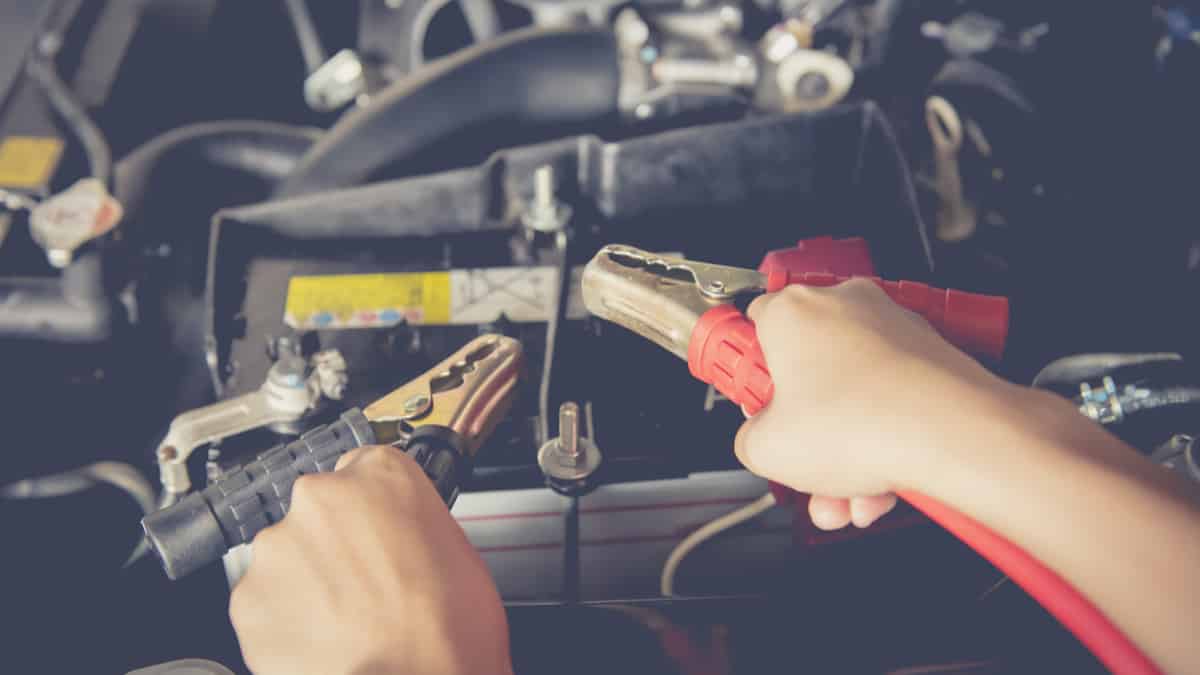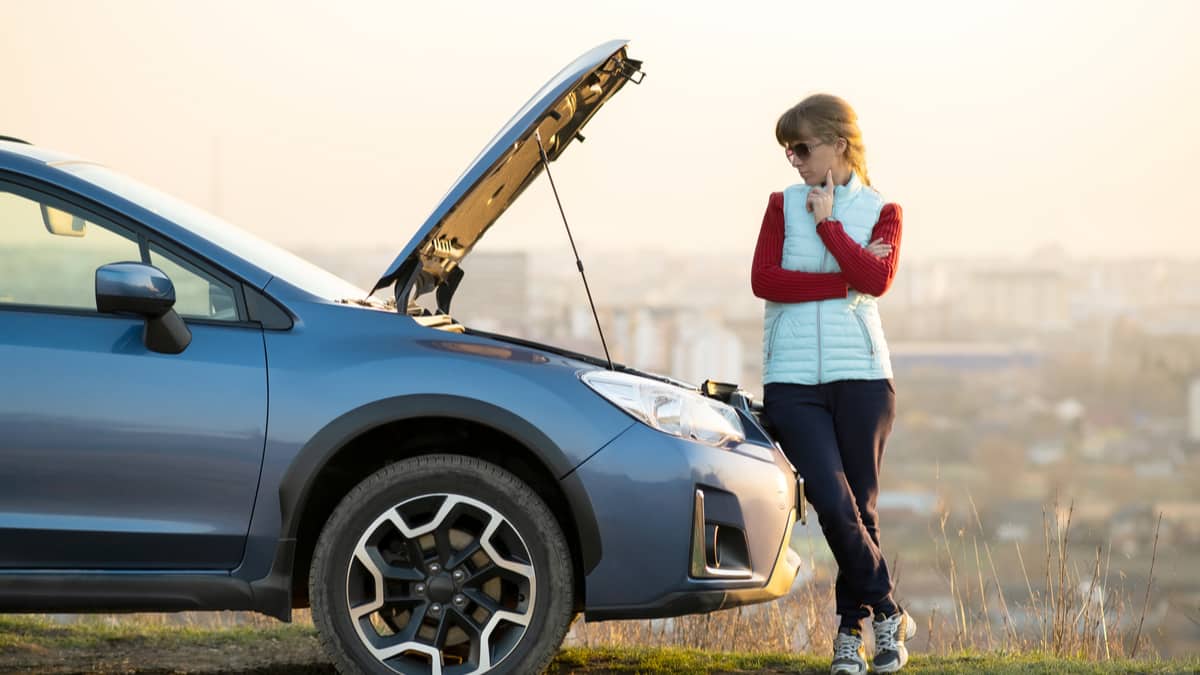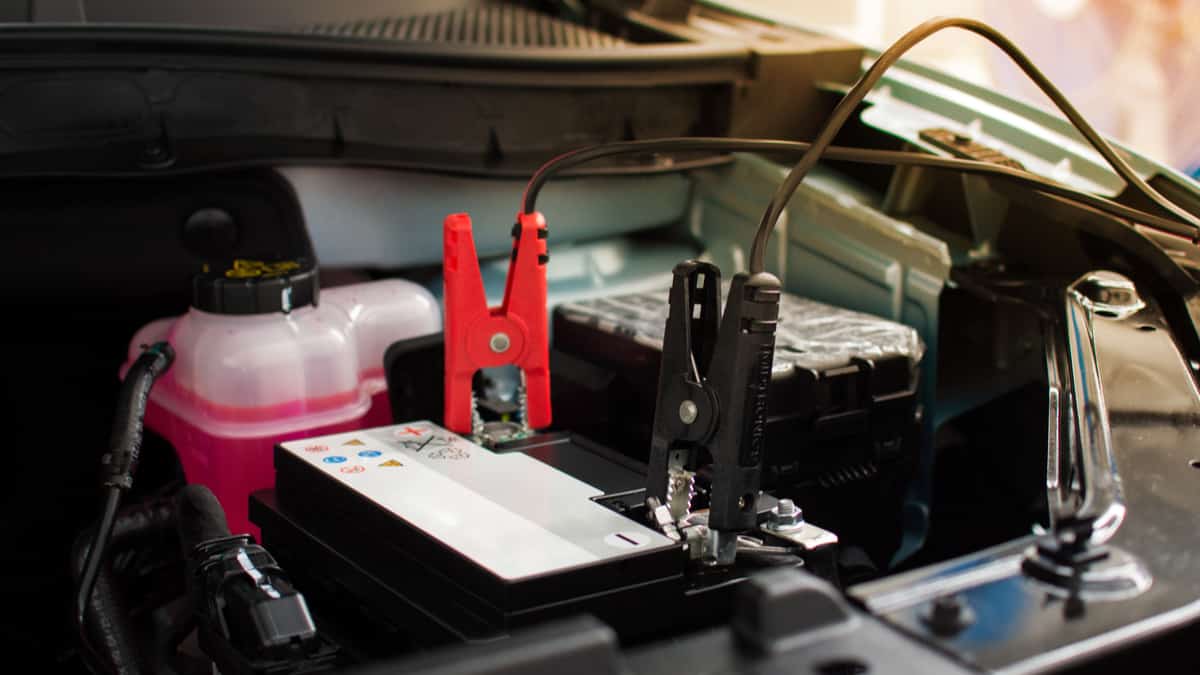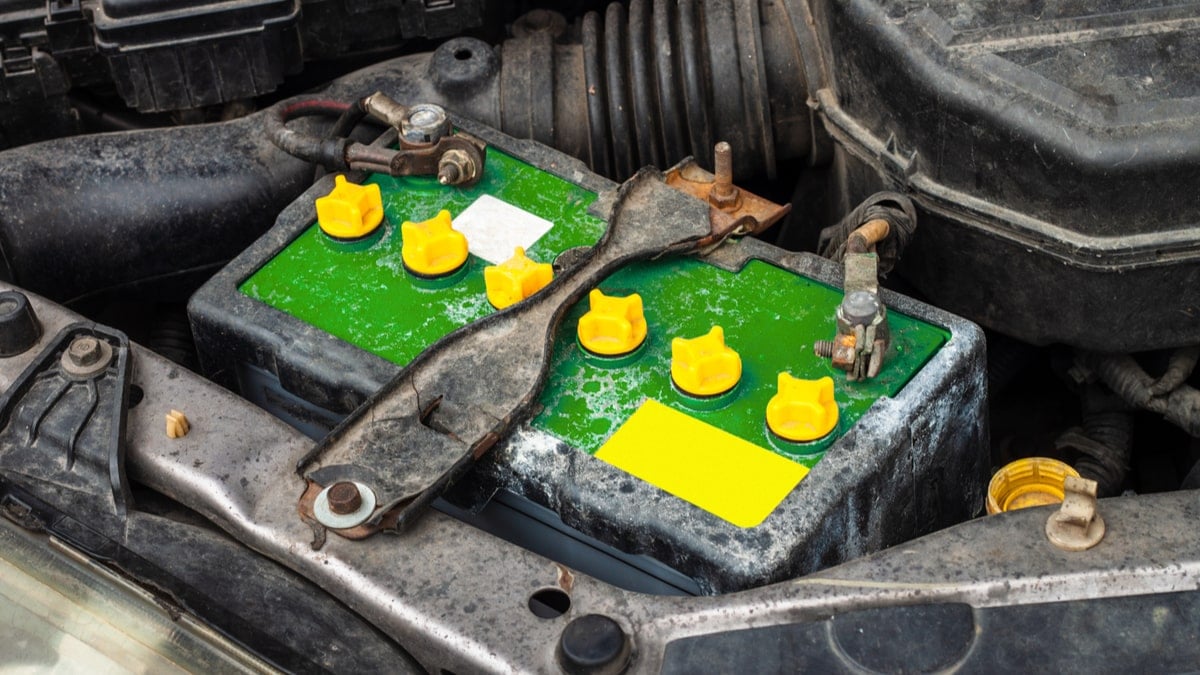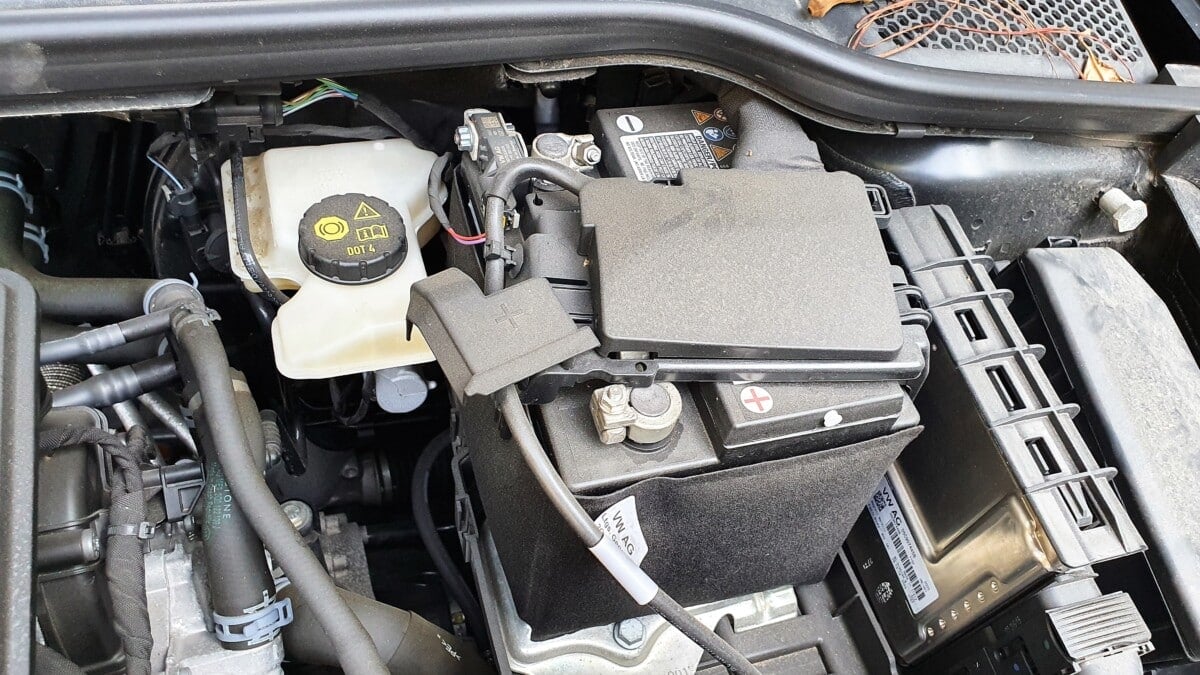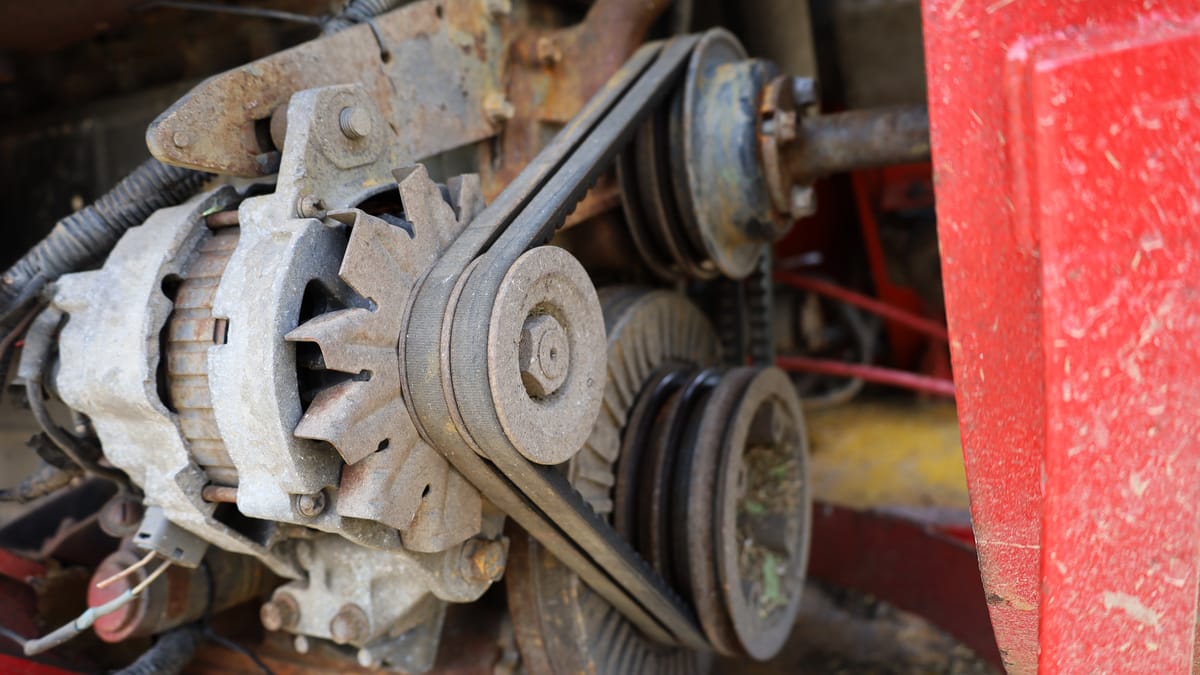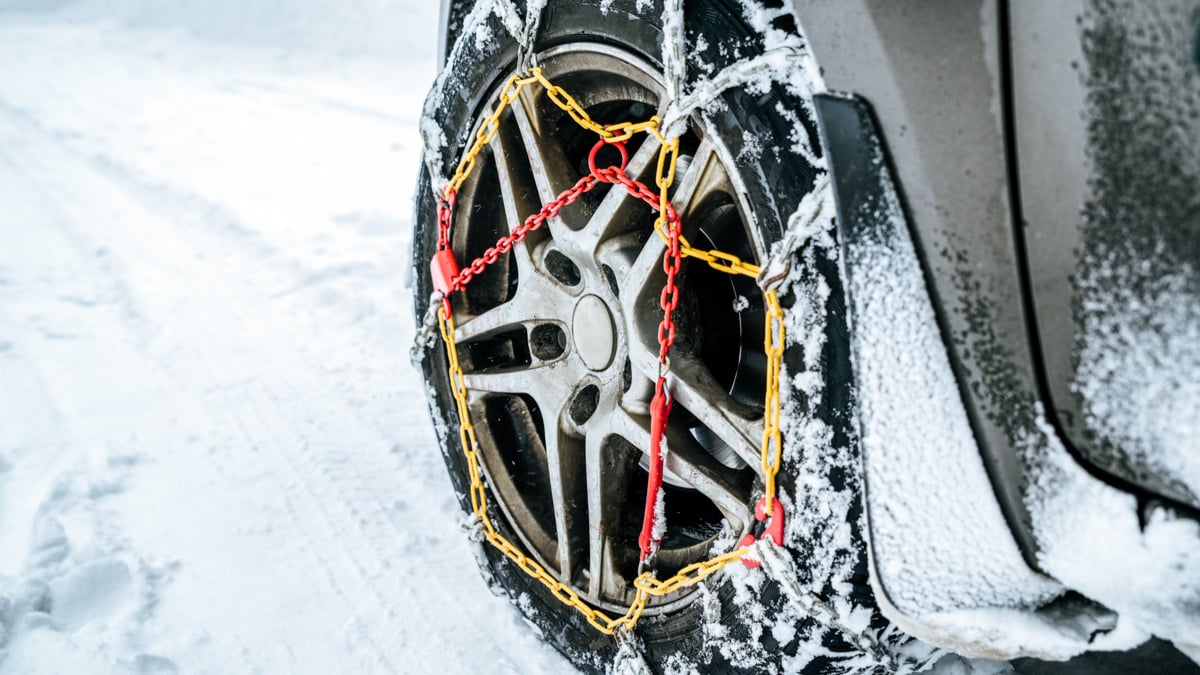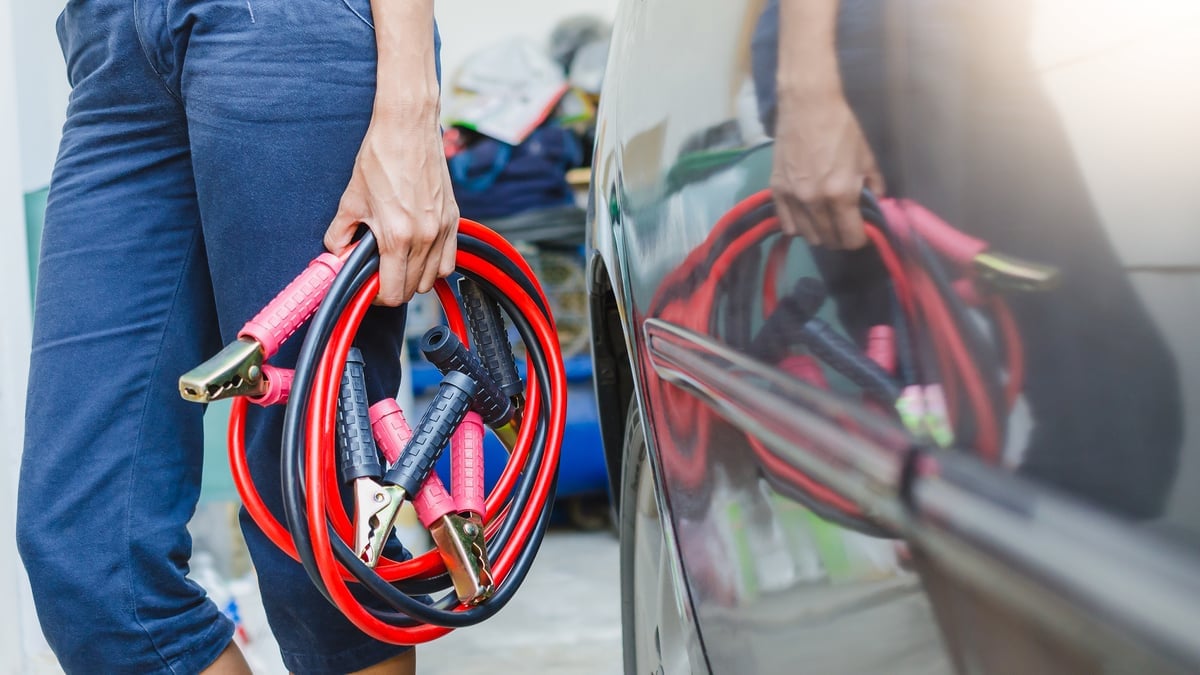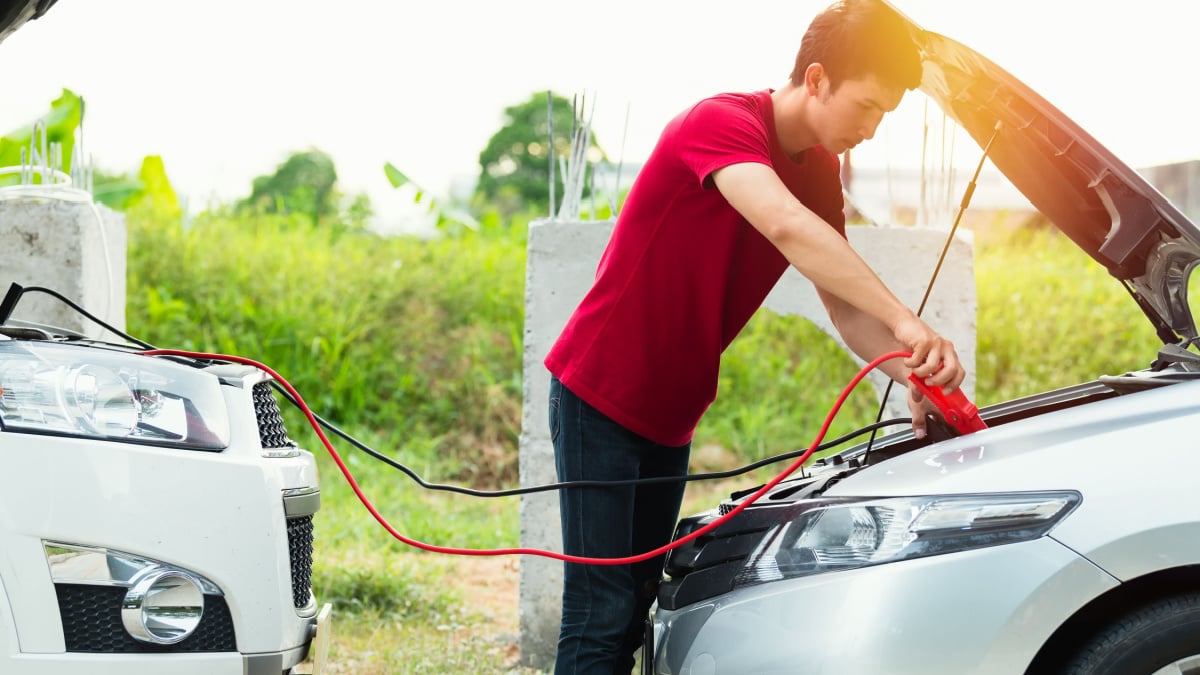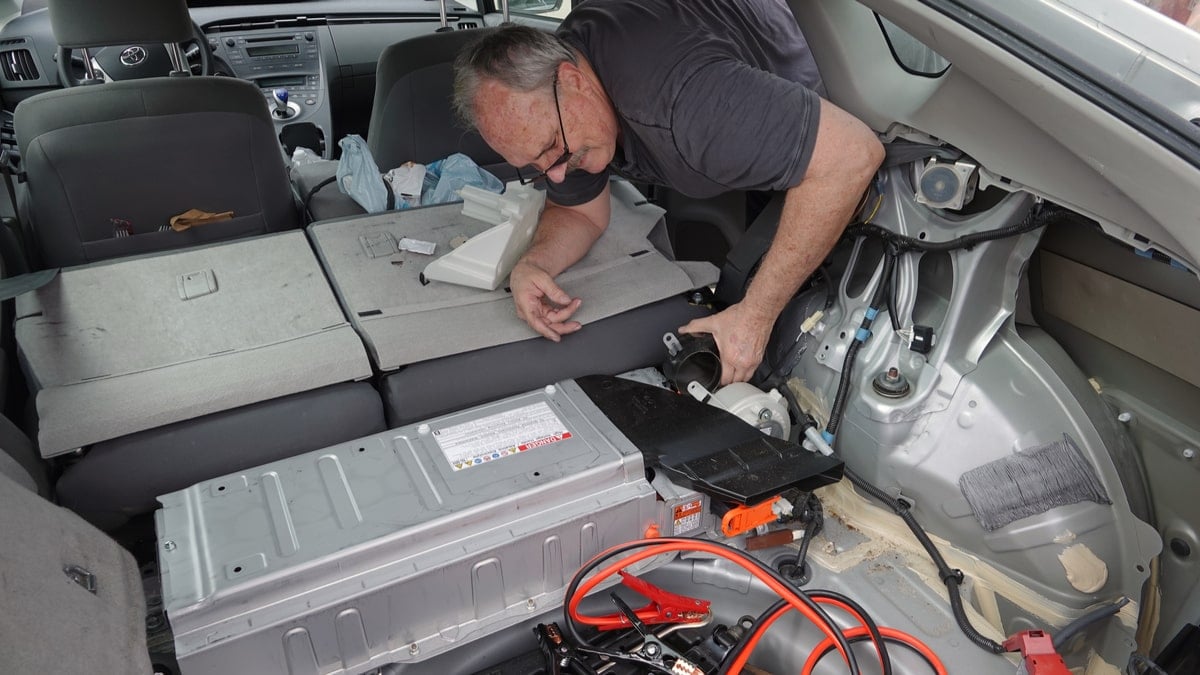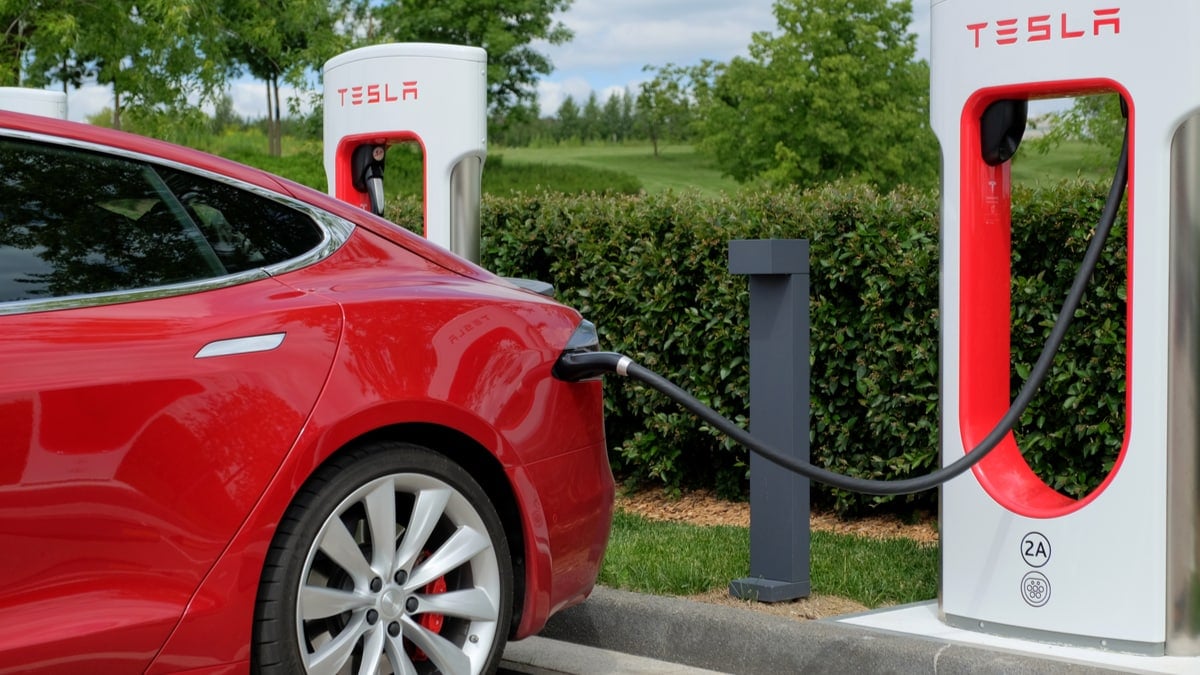You all know what it’s like to deal with a dead car battery, but you may not be as familiar with loose cables. The symptoms of loose battery cables resemble many of the same aspects as a dead battery, which is why it’s important to fully diagnose the system when trouble occurs.
In this guide, we look at the symptoms of loose battery cables and discuss ways to fix the problem when it occurs. We also show you the answers to a few questions you are sure to be asking.
Symptoms Of Loose Battery Cables
When loose battery cables occur, you are going to have trouble starting the car. There could also be hot battery cables or terminals and trouble charging the car battery. Additionally, the headlights may flicker, the instrument cluster can blink, and the battery may drain.
Let’s look at these possible symptoms in-depth.
1. Starting Problems
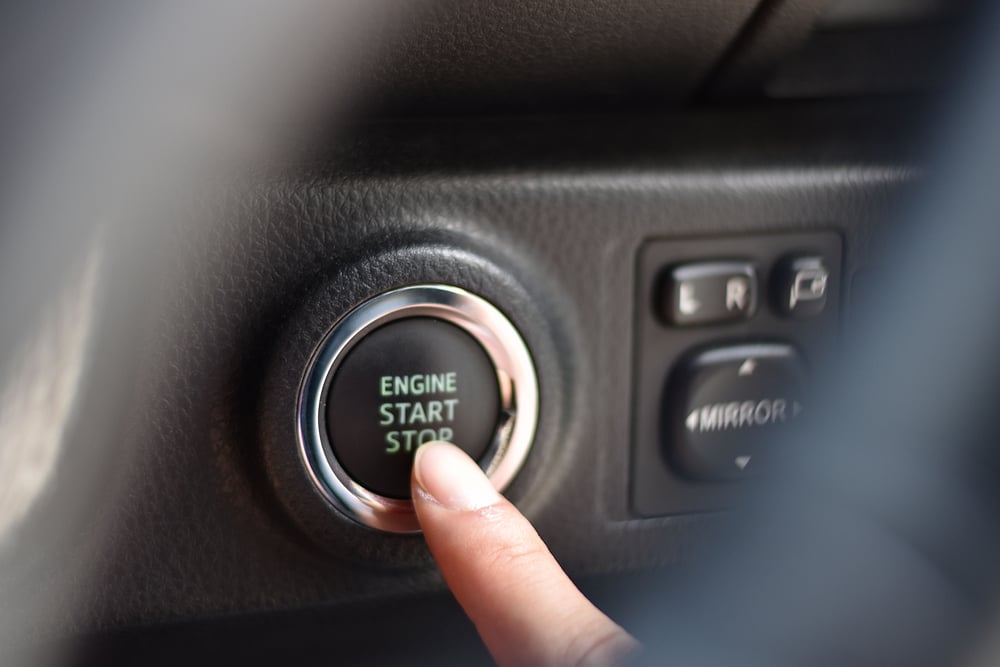
You can have a brand-new battery installed, but if the ground connection isn’t strong, you aren’t starting the car. At first, you may think there’s something wrong with the battery, but if it’s a strong battery, you should figure out there’s something else going on.
Battery cables can wiggle loose near the terminal connections. This happens from the vibration of driving or simply from not being tight enough, to begin with.
RELATED: 10 Reasons Why Your Car Won’t Start and How to Fix it
2. Hot Battery Cables Or Terminals

The battery cables are responsible for transmitting a large amount of electricity. With the negative battery cable properly grounded, there’s nothing to worry about.
However, when this connection comes loose, electrical resistance increases, which can lead to heat. You may feel more heat when you touch the battery cables or the terminals. They can actually become extremely hot, so be very careful when checking them with bare hands.
3. Battery Charging Issues
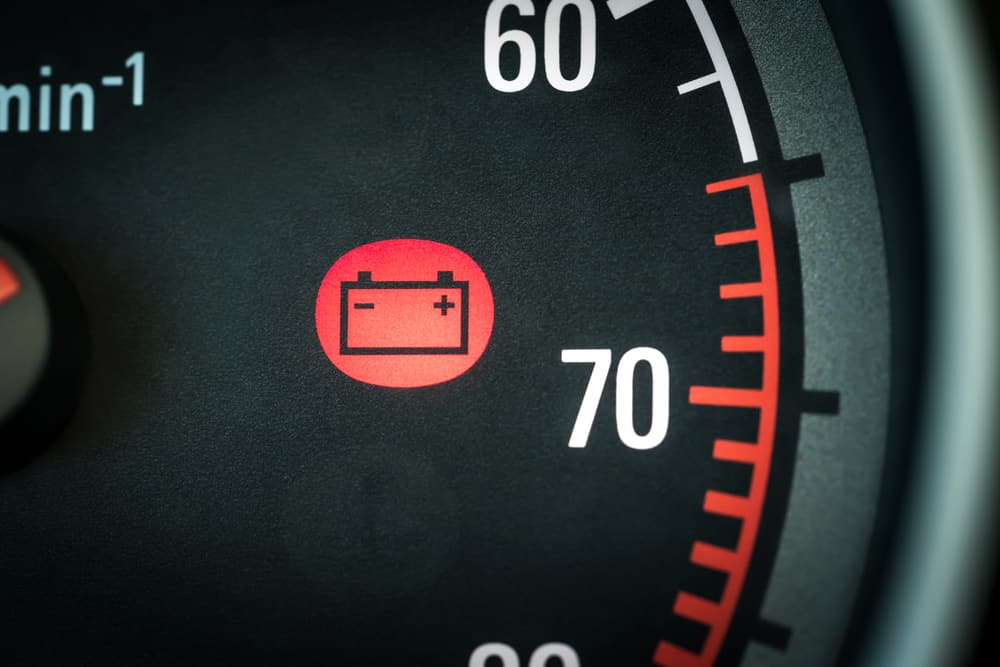
The battery connects to the alternator, which is responsible for charging it while the vehicle is in motion. If some of the connections or terminals are loose, this charging won’t occur as it should.
You may notice the battery warning light come on, indicating that the charge isn’t functional. At the first sign of this warning, you should take action before number six on our list occurs.
4. Flicking Headlights
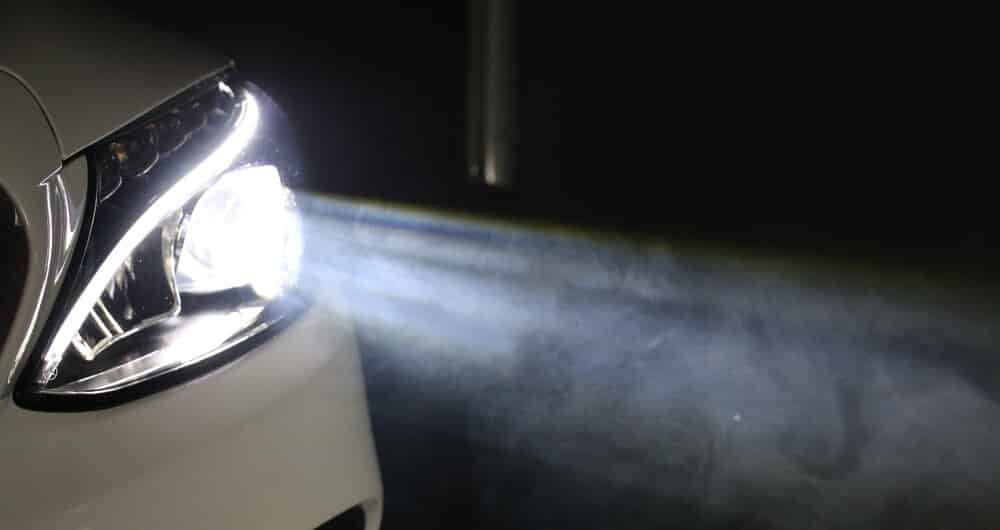
The battery is responsible for doing more than starting the car. When the connection is poor and the battery starts to die, you may notice trouble with the headlights.
The headlights can be dimmer than normal or start to flicker. Because headlights draw a good amount of electricity, there must be a steady flow to provide power.
Additionally, the lights could be fine and only flicker when going over a bump. This indicates that the connection is only loose enough to wiggle when jostled around.
5. Blinking Instrument Cluster
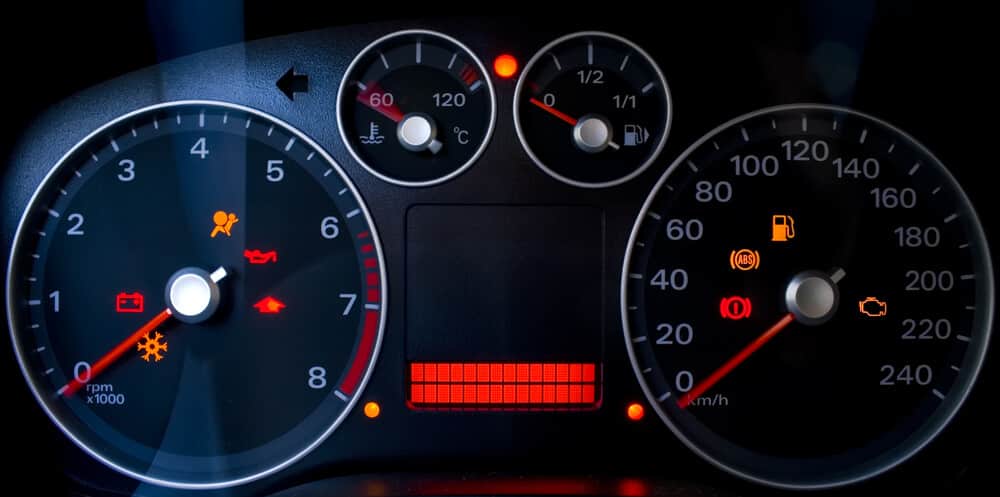
For the same reasons that the headlights flicker, you may also have trouble with the instrument cluster. If you are driving at night, this issue can be particularly troubling.
With loose battery cables, there’s a lack of electrical power reaching the instrument cluster because of a bad connection. That poor connection leads to a blinking and sporadic instrument cluster display.
6. Drained Battery
Finally, you could end up with a dead car battery. Because the alternator isn’t charging it as it should, it eventually dies.
If you’ve had other symptoms before this occurred, it would have been important to take action sooner. If you didn’t, you might find yourself needing to jump-start the vehicle. However, until the connection is secure, the battery will never get the charge it needs to start the car.
If the battery has already died, you may consider plugging it into a charger for the time being. Once you fix the connection and have a fully charged battery, you will be good to go.
How To Fix Loose Battery Cables
When you realize that the battery cables are loose, you want to take action sooner than later. Allowing the connection to go unrepaired will only lead to you not having a way to start the car. Here are some ways we would handle the problem as professional automotive technicians.
1. Inspect Battery Terminals

Before you do anything else, you need to see what you are working with. Look over the battery terminals to see if you are dealing with a loose connection or corrosion.
Battery corrosion looks white, green or blue. It’s caused by the hydrogen gas that reacts with the air when battery acid is released. You should never touch this battery corrosion with your bare hands. Instead, follow our guidelines in the next step to clean it off safely.
2. Clean Battery Terminals And Connectors
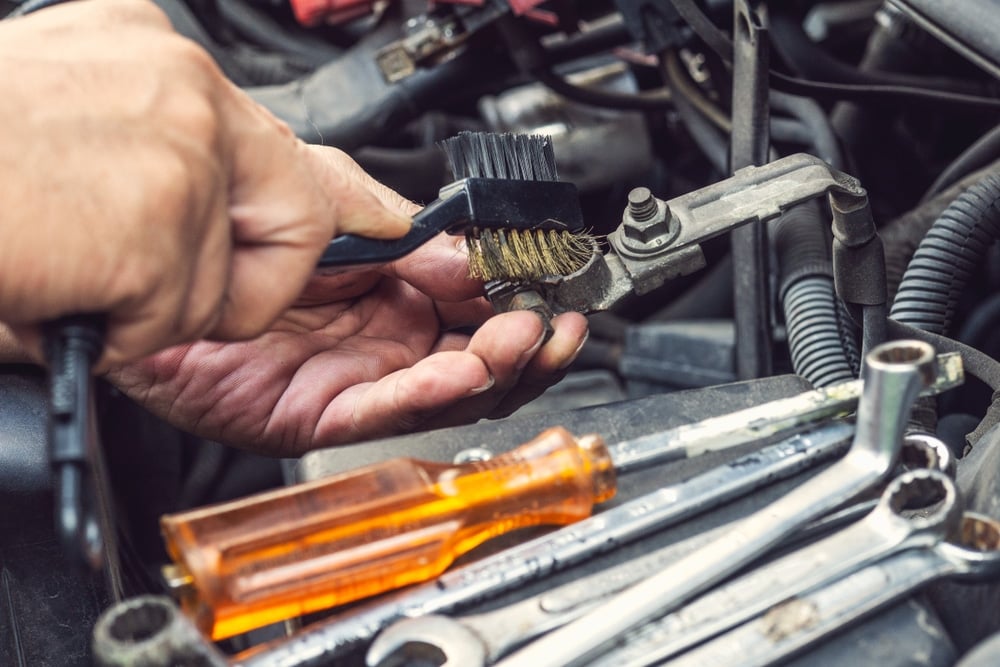
It’s not difficult to clean corrosion off of the battery terminals and connectors. First and foremost, you need to protect yourself. Put on a face mask, gloves and safety glasses. Corrosion is caustic and it can lead to health issues.
Battery acid on the skin can cause a lot of issues. Plus, it’s been linked to several health conditions, including:
- Contact dermatitis
- Chemical burns
- Damage to the eyes – redness, inflammation and tearing
- Respiratory irritation – difficulty breathing and tightness of the chest
Once you are suited up, continue with these steps.
- Disconnect the car battery.
- Sprinkle baking soda on the corrosion. This neutralizes the battery acid.
- Dip a cotton swab or old toothbrush in water and dab it on the baking soda. Some people prefer to use lemon juice or vinegar.
- Allow the mixture to fizz for a few minutes.
- Scrub away the corrosion.
- Rinse the area with a wet cotton swab. Make sure you remove all of the cleaning agents.
It’s important to let the area completely dry before hooking anything back in. You also want to reconnect the battery securely so you aren’t dealing with any more loose connections.
You should also keep in mind that removing the battery terminals can lock up the radio, so you’ll need the radio code for your vehicle to be ready. Other settings may also disappear when the power is off.
3. Tighten Up Terminal Screws
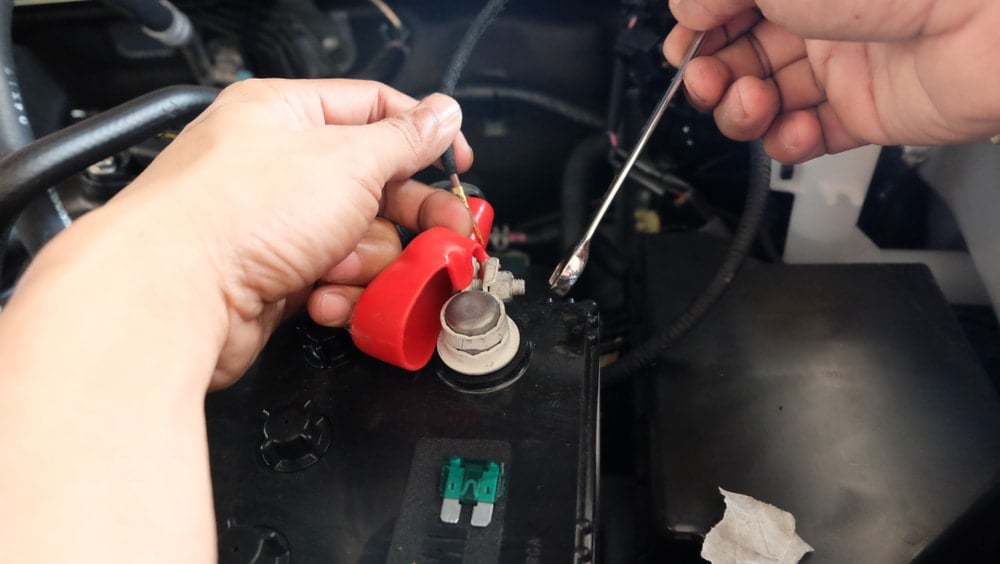
On the terminal, you’ll find screws that hold the connections in place. If the screws have come loose because of road vibration, you can simply tighten these back up.
Check all of the screws to see what needs to be tightened. Just be sure not to apply too much pressure, which could strip the screw.
4. Replace Cable Terminal

You can replace the cable end if it’s faulty. Here are the steps to replace the battery cable terminal.
Here are the appropriate steps.
- Disconnect the battery, starting with the negative side.
- Use slip-joint pliers to hold the terminal while you cut it from the cable with a hacksaw.
- Cut about ½-inch of the insulation off of each cable.
- If the copper strands are corroded, clean them with a wire brush and a baking soda solution.
- Dry the cable off with compressed air.
- Insert the main cable and other smaller cables into the terminal end.
- Screw your battery terminal on and tighten it snugly.
These aren’t easy jobs to perform, especially if you don’t have any experience. If you would feel more comfortable, move on to our next step.
5. Contact A Professional
There are plenty of ASE-certified technicians in every major city of the country. Any one of these mechanics is equipped to handle this problem for you. If you aren’t sure what you are working with, it’s best not to tinker with the car battery and connections. Instead, trust a professional to get you back on the road quickly.
You can search out a good mechanic online. Be sure to read through the customer reviews. You could also ask your inner circle who they trust with their vehicles.
Can loose battery cables drain a battery?
The loose cables aren’t going to leak power or drain the power out of the battery. However, these cables are needed to establish the link for charging the battery. If they are loose, the battery may not be able to charge, which would cause it to die.
What to do when battery cables are loose?
If the battery cables are loose because of corrosion, you want to clean them off and reconnect them. Otherwise, you may need to tighten the screws, replace a cable or put in a new terminal. If these tasks are more than you know how to do, it’s best to visit an auto repair shop for help.
Can loose battery cable cause the car to jerk?
It’s possible to notice a jerking sensation if the battery isn’t getting the power it needs to recharge. However, a jerking motion is normally related to problems with fuel delivery. You may want to inspect the fuel system instead to see if there’s a problem with the pump, injector or filter.
Can loose battery connection cause rough idle?
It’s possible that a rough idle may be caused by the battery not getting the power required for a recharge. However, it’s more likely caused by an imbalance of air and fuel in the combustion chamber. Check the sensors and fuel system to see if a part is failing.
Most people understand the basics of the car battery. This vital part is needed to get the vehicle started. If the battery dies, you can’t get where you want to go. That’s why it’s important to keep the battery charged. Yet, when there is a loose connection, the battery can’t get the power it needs, so you end up with the same problems.
We’ve outlined some simple steps to ensure the loose connection gets repaired. If any part of this seems to be too much for you to accomplish on your own, or if you don’t have the equipment to complete the job, go ahead and reach out to a local mechanic for more support.
Categories: Electric, Troubleshooting
